
Topology and Dynamical Systems in Action - Summer school 2023
We invite you to join our international summer school Topology and Dynamical Systems in Action. The school will be held in June 2023 at the Gdańsk University of Technology. The scope of the school comprises three different branches of mathematics:
- topological methods in modern dynamical systems
- application of differential equations and dynamical systems in biomathematics
- topological data analysis.
Our school is organized in the form of two-week training module which combines online sessions in the first week with hybrid (mixed stationary and online) classes at our university in the second week.
Scientific committee
- Piotr Bartłomiejczyk, Gdańsk University of Technology, Poland - chair
- Juan Belmonte-Beitia, MOLAB & Universidad de Castilla-La Mancha, Spain
- Svetlana Bunimovich-Mendrazitsky, Ariel University, Israel
- Paweł Dłotko, Dioscuri Centre in TDA (IM PAN), Poland
- Justyna Signerska-Rynkowska, Dioscuri Centre in TDA (IM PAN) & Gdańsk University of Technology, Poland
- Grzegorz Graff, Gdańsk University of Technology, Poland
- Monika Piotrowska, University of Warsaw, Poland
Program of the school

Piotr Bartłomiejczyk
Gdańsk University of Technology, Poland
Link to the personal webpage: https://mostwiedzy.pl/pl/piotr-bartlomiejczyk,816616-1/publications
Title: Methods and applications of one-dimensional dynamics
Abstract: First, we introduce basic notions of the theory of discrete dynamical systems. Then we present both classical and recent results from one-dimensional discrete dynamics with focus on S-unimodal and Lorenz maps. Finally, we show some applications of the theory in modelling a neuron.

Krzysztof Bartoszek
Linköping University, Sweden
Link to the personal webpage: https://liu.se/en/employee/krzba67
Title: Some mathematical tools for evolutionary biology
Abstract: Abstract: In this series of lectures we will start by introducing the field of phylogenetic comparative methods. We then discuss the basic mathematical modelling framework for them-that of stochastic differential equations combined with a branching mechanism. Following that we consider basic tools that are needed for studying advanced properties of them-harmonic and quadratic harmonic sums.

Juan Belmonte-Beitia
Mathematical Oncology Laboratory Group (MOLAB)
Universidad de Castilla-La Mancha, Spain
Link to the personal webpage: https://molab.es/person/?idpersonal=204
Title: Differential equations and dynamical systems applied to biomathematics: An introduction.
Abstract: In these lectures, we are going to study mathematical problems related to Biology and Medicine using mathematical techniques from dynamical systems and differential equations. We will start with a brief introduction and preliminaries on these topics and then we study more complex problems.
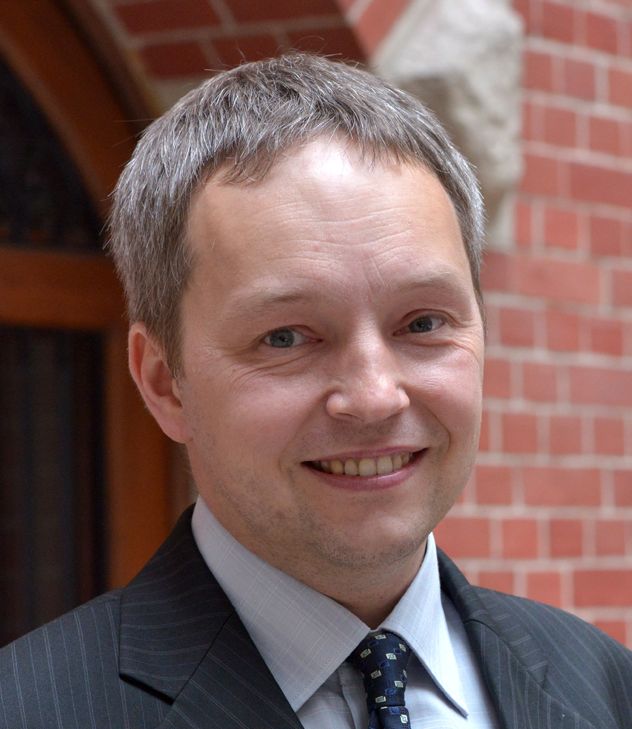
Marek Bodnar
University of Warsaw, Poland
Link to the personal webpage: https://www.mimuw.edu.pl/~mbodnar/index_pl.php
Title: Singular perturbation methods in dynamical systems.
Abstract: In models of natural phenomenon it happens that some parameters are small or large. In the lectures we explain how use such small (or large) parameter to simplify dynamical system or to derive approximate analytical solutions of complex systems. We show how to use this techniques on various examples.
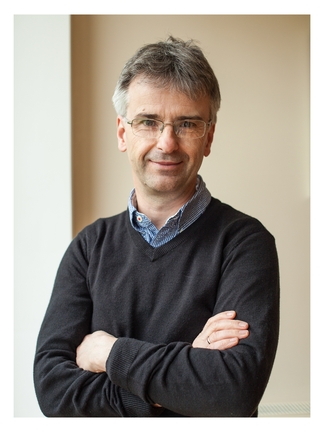
Jacek Brodzki
University of Southampton, UK
Link to the personal webpage: https://www.southampton.ac.uk/people/5wyq7d/professor-jacek-brodzki
Title: Detecting phase transitions and quantifying disorder with topology.
Abstract: Evolution and disorder are facts of life. In this talk we will demonstrate how to use methods from topology to describe time-evolution of physical systems and how to detect phase transitions. In terms of disorder, controlling it on the nanoscale is complex, expensive, and of limited use. On the other hand, disordered materials do offer a range of possible applications if we know how to identify their useful features. To this end, we propose an approach through Topological Learning to quantify disorder and to correlate it with physical properties. We use this approach to design and create materials that display promising physical properties. We demonstrate this approach on specific nano systems that show promise and open the way to novel applications and investigations.

Jean Clairambault
emeritus senior scientist
Inria and Lab Jacques-Louis Lions, Sorbonne University, France
Link to the personal webpage: https://who.paris.inria.fr/Jean.Clairambault/
Title: Heterogeneity and plasticity in phenotype-structured models for cancer cell population dynamics
Abstract: Mathematical models of cancer growth and evolution of cancer cell characteristics, i.e., phenotypes, together with optimisation and optimal control methods to contain them, in the framework of adaptive dynamics of cell populations, will be presented, that take into account the heterogeneity of cancer cell populations, i.e., their biological variability, and their intrinsic plasticity, i.e., their nongenetic instability that allows them to quickly adapt to changing environments. The presented vision of the cancer disease, which is specific to multicellular organisms, relies on a relatively novel vision, consistent with a billion-year evolutionary perspective. Based on contributions from philosophy of cancer, these mathematical models aim at designing theoretical therapeutic strategies to simultaneously contain tumour progression and limit adverse events of drugs to healthy cell populations.
Content:
I Biological phenomena in health and in cancer, mathematical methods, structured equations
II Drug resistance in cancer - the original question - and cell population adaptive dynamics
III Focus on plasticity, phenotype divergence and cooperation in evolution and in cancer
IV The tumour microenvironment and tumour-immune interactions
V Optimisation and optimal control in cancer therapeutics: unwanted toxicity and drug resistance
VI Discussion: ‘Philosophical’ aspects, biological theories on cancer, what mathematics to deal with them?

Paweł Dłotko
Dioscuri Centre in TDA (IM PAN), Poland
Link to the personal webpage: https://dioscuri-tda.org/members/pawel.html
Title: Topological data analysis, methods and computations
Abstract: In this lecture we will present a basic use-cases of techniques of Topological Data Analysis, in particular persistent homology and mapper algorithm. We will discuss their theoretical foundations and show how to use the theory in practice. For more information and general introduction to the topic please consult https://arxiv.org/abs/1807.08607

Urszula Foryś
University of Warsaw, Poland
Link to the personal webpage: https://www.mimuw.edu.pl/~urszula/index-pl.html
Title: Dynamical system in tumour growth modelling.
Abstract: Using the approach of finite (ordinary differential equations) and infinite-dimensional (delay differential equations, reaction-diffusion equations) dynamical systems we will try to describe processes related to carcinogenesis, starting from avascular tumor growth, to the process of angiogenesis (vascularisation). We will introduce necessary theoretical background to delay differential equations.
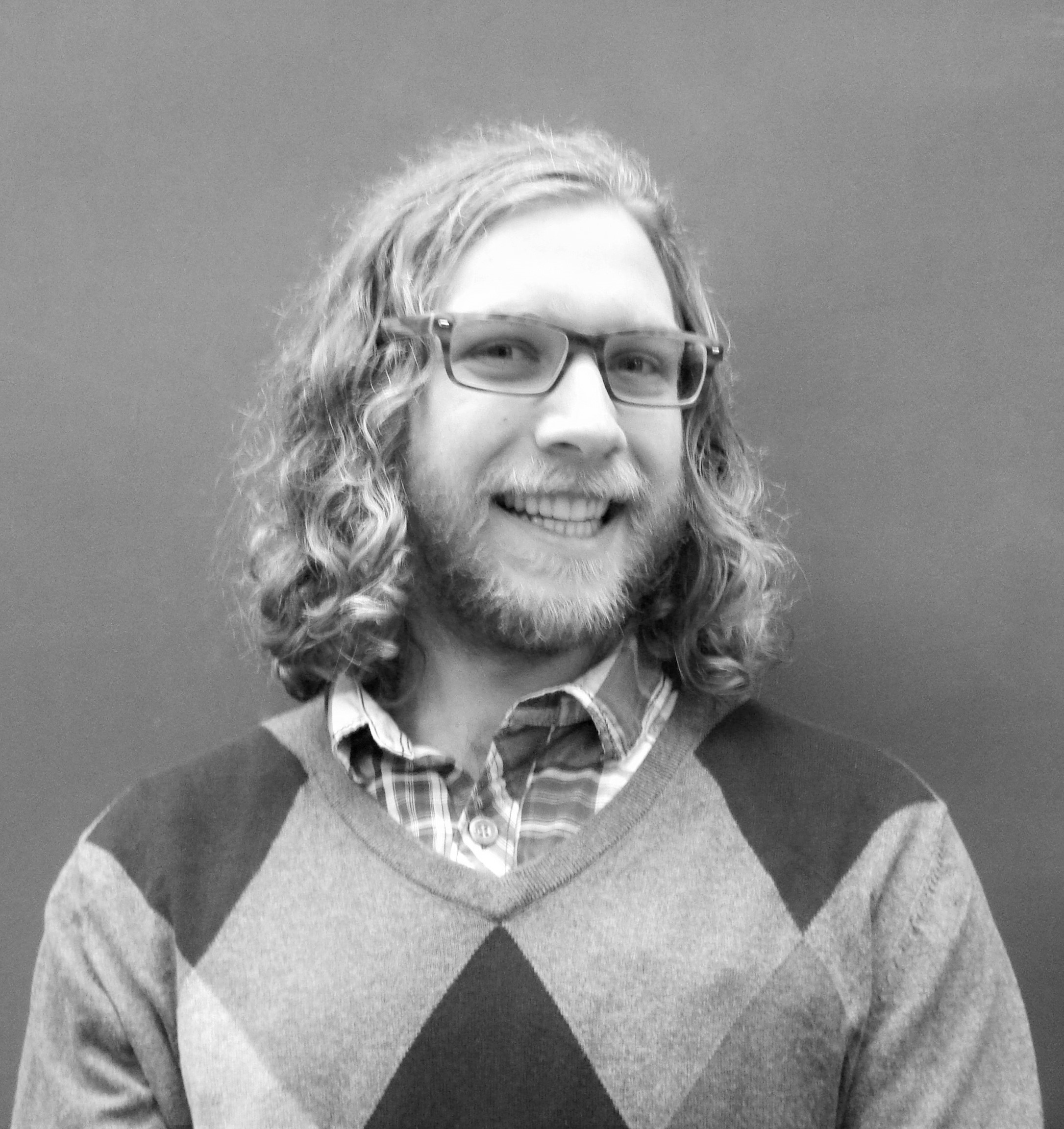
Jonathan Jaquette
Boston University, US
Link to the personal webpage: https://math.bu.edu/people/jaquette/
Title: Reliability and robustness of oscillations in some slow-fast chaotic systems
Abstract: A variety of nonlinear models of biological systems generate complex chaotic behaviors that contrast with biological homeostasis, the observation that many biological systems prove remarkably robust in the face of changing external or internal conditions. Motivated by the subtle dynamics of cell activity in a crustacean central pattern generator, we propose a refinement of the notion of chaos that reconciles homeostasis and chaos in systems with multiple timescales.
We show that systems displaying relaxation cycles going through chaotic attractors generate chaotic dynamics that are regular at macroscopic timescales, thus consistent with physiological function. We further show that this relative regularity may break down through global bifurcations of chaotic attractors such as crises, beyond which the system may generate erratic activity also at slow timescales. We analyze in detail these phenomena in the chaotic Rulkov map, a classical neuron model known to exhibit a variety of chaotic spike patterns.
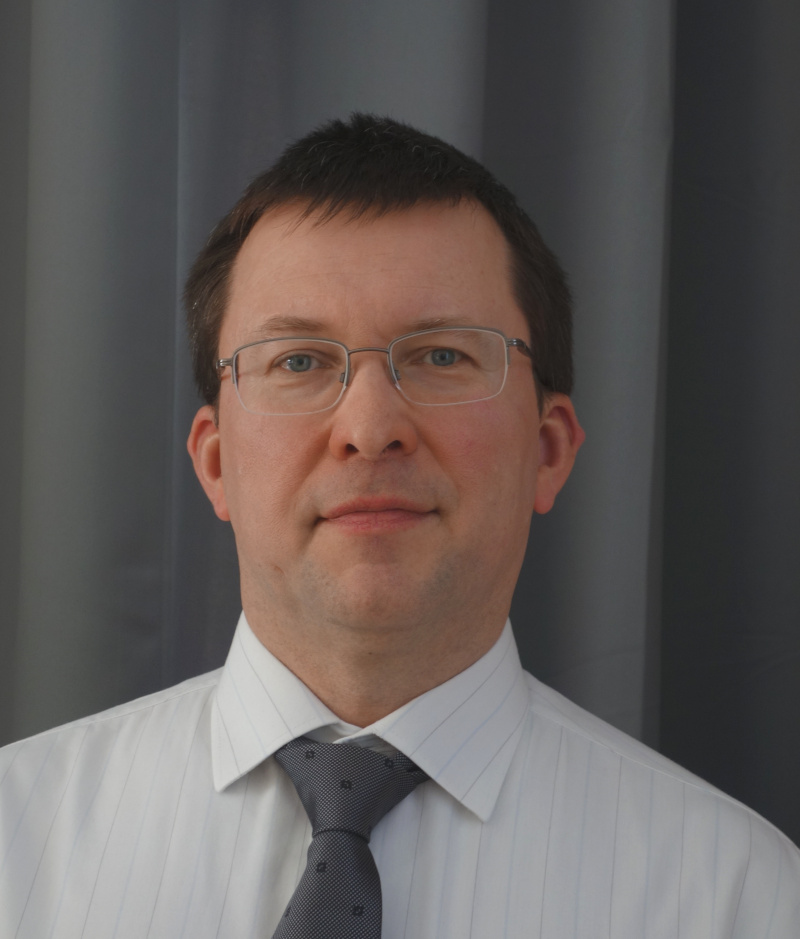
Paweł Pilarczyk
Gdańsk University of Technology, Poland
Link to the personal webpage: https://mostwiedzy.pl/pl/pawel-pilarczyk,1017575-1
Title: Computational homology, cubical grids, and rigorous numerical analysis of dynamics
Abstract: Algebraic topology provides means for applying effective algebraic methods to solving topological problems. Computational homology is one of the most popular and efficient tools in computational topology. Cubial grids, as opposed to traditionally used simplicial complexes, provide natural framework for the analysis of digital images based on rectangular pixels or voxels. They are also a natural means for processing results of numerical simulations based on a uniform rectangular mesh. In particular, cubical grids are a practical basis for set-oriented approach to numerical analysis of dynamics. Simple numerical simulations focus on the computation of approximations of individual trajectories, but we are interested in rigorous results. A first step in this direction is to compute outer bounds of images of entire cubical cells using interval arithmetic. The next step is to represent the dynamics in terms of a directed graph on the cells. Then it is possible to split the dynamics into gradient-like and recurrent parts. Conley index is a generalization of the Morse index that is effectively computable in this context and provides qualitative information about the recurrent sets. All this is rigorous and falls in the category of computer-assisted proof. In this mini-course, I am going to explain foundations of this framework, show efficient software for conducting this kind of computations, and discuss some specific applications.
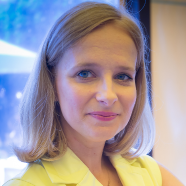
Justyna Signerska-Rynkowska
Gdańsk University of Technology & Dioscuri Centre in TDA (IM PAN), Poland
Link to the personal webpage: https://mostwiedzy.pl/en/justyna-signerska-rynkowska,293316-1/bio
Title: Nonlinear dynamics in hybrid neuron models
Abstract: I will briefly recall pioneer neuron models of Lapicque, Hodgkin and Huxley and FitzHugh - Nagumo. Since the introduction of these models decades ago, many other models have been proposed, both stochastic and deterministic, and currently it is important to distinguish between various neuron models in terms of their biological relevance in a given situation and to understand dynamical mechanisms behind their properties. Simultaneously, there arose a need to build simple and analytically tractable models which led to the development of various nonlinear hybrid neuron models, combining continuous dynamics with discrete events accounting for spike emission.
In the talk I will show how the theory of low-dimensional dynamics (e.g. rotation theory, S-unimodal mappings) can be effectively applied in the analysis of these systems. The discussed class of systems includes many models commonly used in computational and theoretical neuroscience.



